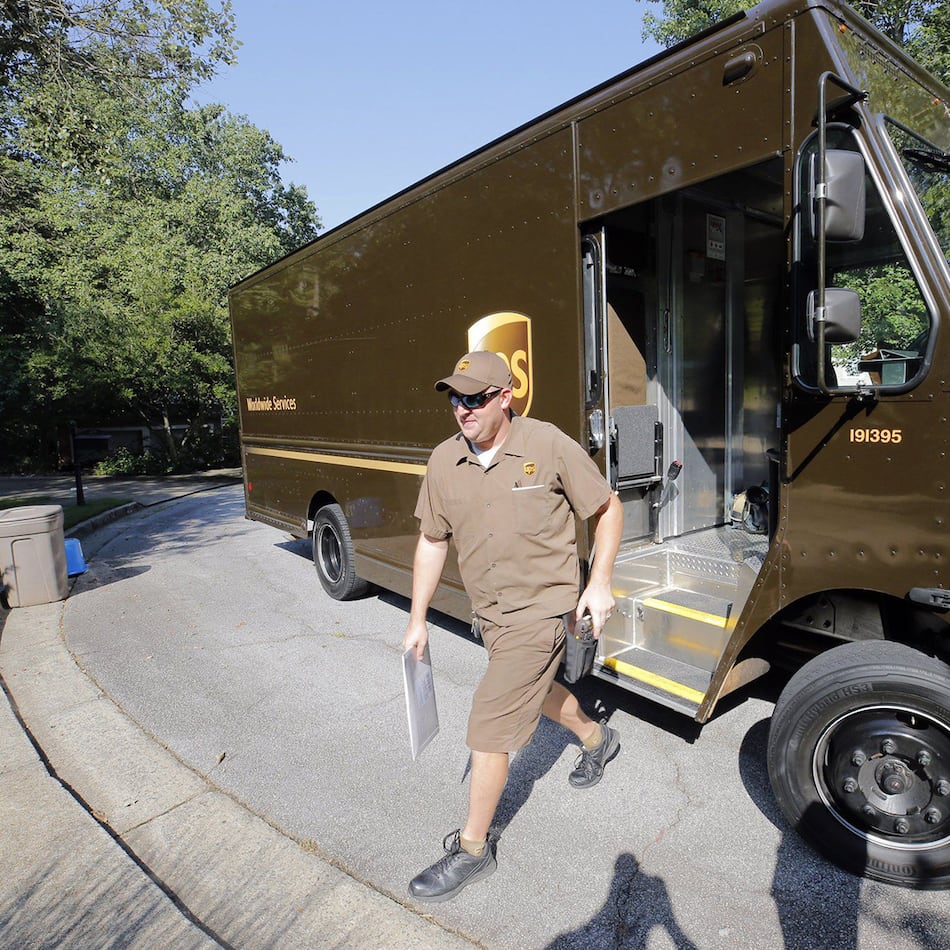Thomaston -- Like a forgotten battlefield, the landfill spits up its sad history after a heavy rain. Instead of bones and bullets, though, once-buried tires rise from the mud of a west Georgia hilltop.
Firestone. Uniroyal. Yokohama. Goodyear. Radials and white walls. Tires for cars, motorcycles, tractors and 18-wheelers.
Roughly 3.6 million tires lie buried in this abandoned Upson County dump 65 miles south of Atlanta. It is Georgia’s biggest tire landfill, the final resting place for many of metro Atlanta’s pneumatic cast-offs.
It’s also illegal, according to the state, and poses environmental and health hazards.
But the state says it doesn’t have the money to clean it up even though it has collected enough to dig up the tires, haul them away and turn them into fuel. Georgians, after all, pay a $1 tire-disposal fee with every new tire they buy.
But legislators, mired in a budget swamp, raided the so-called solid waste trust fund earlier this year to pay for other programs deemed more critical.
“Clearly, if these large tire dumps catch on fire they would definitely pose dangers to public health and the environment,” said Jennifer Kaduck, head of land protection for Georgia’s Environmental Protection Division (EPD). “But even if they don’t catch on fire, they form breeding grounds for huge swarms of mosquitoes that carry the West Nile virus and Eastern Equine Encephalitis.”
More illegal dumps materialize daily. Recession-wracked Georgians increasingly dump tires — the state generates 9 million old tires annually — on roadsides, in gullies and anywhere else to avoid disposal fees.
Fire, water hazard
Hiram Kersey’s old dump sits at the end of rutted Fire Tower Road behind a black metal fence that advises visitors to “turn around” and leave. It’s a beautiful site for a landfill: a 100-acre hilltop expanse with wonderful views of middle Georgia’s rolling hills.
Kersey operated an unpermitted tire scrap dump on the property’s southeastern corner, according to EPD, before it was properly permitted in 1984. Kersey, who couldn’t be reached for comment, accepted tires until 1996 when EPD discovered “numerous violations” and ordered the dump closed.
The landfill was never properly shut down with the requisite two feet of soil, vegetation and, therefore, violates state law, according to Michael Kemp with EPD. Two years ago, the state determined that the dump “posed a fire risk sufficient to require aggressive intervention.” Kersey has yet to pay any fine or restitution, Kemp said, and has since sold the property.
Rain, and time, have exposed gullies-full of decrepit tires. Brambles, grasses and young pine trees cover most of the dumped tires. The danger lies hidden underground.
“If the tires catch fire at this site it will likely burn subterranean through the gullies,” according to a 2007 EPD report. It “would be extremely difficult, if not impossible, to extinguish. Residents would have to be evacuated and the thick black toxic smoke could result in road closures and impact residents of cities many miles away.”
That’s not all. Each burned tire produces toxic goo that, if it reached the waterways that feed the nearby Flint River, “would cause severe environmental damage and fish kills.”
Mark Woodall, who lives in nearby Woodland and serves as the secretary of the Flint Riverkeeper, said “it could burn for days like an underground coal mine.
“All those tires ought to come out of there,” he added. “We want it cleaned up.”
Locals remember the nearby Watson tire fire of September 2002. A few thousand tires burned for five days. Homes were evacuated. It cost $130,000 to extinguish. Kids riding ATVs started the fire.
To properly close Kersey’s landfill would cost $2.4 million. To dig up, cart off and recycle the 3.6 million tires would cost a minimum $8 million, a price EPD deems “economically unfeasible.”
Hays Arnold, mayor of Thomaston, said locals don’t talk much about the tire landfill and understand Georgia’s financial issues.
“A lot of money during these economic times has just disappeared,” Arnold said. “Maybe when we get financially healthy again we can do something with the dump.”
Economic impact
After the nasty Palmetto tire dump fire along the Fulton-Coweta County line in 1992 — three million tires burned, weeks-worth of thick black smoke, $4.5 million to extinguish and clean up the site — legislators levied a $1-per-new-tire fee. Roughly 14 million tires have since been removed from illegal dumps, EPD says. Landfills have been closed. Ninety-five percent of Georgia’s scrap tires are recovered and recycled.
About $100 million has been raised so far by the fee; three-fourths of that amount went into the trust fund.
But state legislators have a propensity to raid the fund when the economy tanks and revenues dwindle. In 2004 and 2005, for example, it earned nearly $7 million. Legislators took it all away both years, though. The fund raised about $6 million last year; the General Assembly gave EPD $1.4 million.
“The elected officials involved in the state budgetary process have to decide what their priorities are,” Kaduck said.
The recession adds to the rubbery mess. EPD recently tallied 33 new “orphan” dumps, a half-dozen more than last year. Most of the dumps are small with maybe 500 tires. But Atlanta is “ground zero” for the orphans, said EPD’s Lon Revall.
“It’s a sign of the times,” he said. “We have a lot of used tire dealers in Atlanta and they typically operate on a very thin margin. They may tell their (clients) to take the scrap tire home with them and — guess what? — they just dump them on the side of the road.”
The state hopes to begin cleaning up the Upson County landfill in January. The first phase will cost $900,000.
After that?
“It’s up to the Legislature,” Kaduck said. “We don’t have enough money to do it all.”
About the Author
The Latest
Featured

